- Have any questions?
- +86-189 8930 5995
- sales@mosinterchem.com.cn
Scandium oxide CAS 12060-08-1
- Home
- Rare Earth And Rare Metals
- Scandium oxide CAS 12060-08-1

GALLIUM III OXIDE CAS 12024-21-4
19/12/2018
Gadolinium oxide CAS 12064-62-9
19/12/2018| Model: | MOS 12060-08-1 |
| Brand Name: | MOSINTER |
| Alias: | SCANDIUM(III) OXIDE |
| CAS: | 12060-08-1 |
| Appearance: | white powder |
| TREO: | ≥99% |
| Purity: | 99%~99.9999% |
| Molecular Formula: | SC2O3 |
| Melting point: | 1000 °C |
| Molecular weight: | 137.91 |
| Density: | 8.35 g/mL at 25 °C(lit.) |
Scandium oxide (CAS:12060-08-1)
| Sc203/TREO% | TREO% | ||||
| >99.99 | 97.09 | ||||
| RE Contents ppm | Non-RE Contents ppm | ||||
| La2O3/TREO | 1.4 | Fe2O2 | 79.8 | ||
| CeO2/ TREO | 2.8 | SiO2 | <20 | ||
| Pr6O11/ TREO | 2.4 | CaO | 136 | ||
| Nd2O3/ TREO | 1.7 | A1203 | <10 | ||
| Sm2O3/ TREO | 1.4 | MgO | <10 | ||
| Eu2O3/ TREO | <1.0 | NiO | <10 | ||
| Gd2O3/ TREO | <1.0 | CuO | <10 | ||
| Tb4O7/ TREO | 1.6 | ZnO | <10 | ||
| Dy2O3/ TREO | <1.0 | L.O.I | 2.90% | ||
| Ho2O3/ TREO | <1.0 | Sc203/ TREO | >99.99% | ||
| Er2O3/ TREO | <1.0 | ||||
| Tm2O3/ TREO | <1.0 | ||||
| Yb2O3/ TREO | 1.7 | ||||
| Lu3O3/ TREO | <1.0 | ||||
| Y2O3 / TREO | 1.3 | ||||
Scandium(III) oxide, Sc2O3, or scandia, is a high melting rare earth oxide. It is used in the
preparation of other scandium compounds as well as in high-temperature systems (for its
resistance to heat and thermal shock), electronic ceramics, and glass composition (as a
helper material).
Structure and physical properties
Scandium(III) oxide adopts a cubic crystal structure (point group: tetrahedral (Th), space
group: Ia3) containing 6-coordinate metal centres. Powder diffraction analysis shows Sc-O
bond distances of 2.159-2.071Å. Scandium Oxide is an insulator with a band gap of 6.0 eV.
Production
Scandium oxide is the primary form of refined scandium produced by the mining industry.
Scandium-rich ores, such as thortveitite (Sc,Y)2(Si2O7) andkolbeckite ScPO4·2H2O are
rare, however trace amounts of scandium are present in many other minerals. Scandium
oxide is therefore predominately produced as a by-product from the extraction of other elements.
Reactions
Scandium oxide is the primary form of refined scandium produced by the mining industry,
making it the start point for all scandium chemistry.
Scandium oxide reacts with most acids upon heating, to produce the expected hydrated product.
For example, heating in excess aqueous HCl produces hydrated ScCl3·nH2O. This can be rendered
anhydrous by evaporation to dryness in the presence of NH4Cl, with the mixture then being purified
by removal of NH4Cl by sublimation at 300-500°C. The presence of NH4Cl is required, as the
hydrated ScCl3·nH2O would otherwise form a mixed oxychloride upon drying.
Sc2O3 + 6 HCl + x H2O → 2 ScCl3·nH2O + 3 H2OScCl3·nH2O + n NH4Cl → ScCl3 + n
H2O + n NH4Cl
Likewise, it is converted into hydrated scandium(III) triflate (Sc(OTf)3·nH2O) by a reaction
with triflic acid.
Metallic scandium is produced industrially by the reduction of scandium oxide; this proceeds
via conversion to scandium fluoride followed by a reduction with metallic calcium. This process
is in some ways similar to the Kroll process for the production of metallic titanium.
Scandium oxide forms scandate salts with alkalis, unlike its higher homologues yttrium oxide and
lanthanum oxide, for example forming K3Sc(OH)6 with KOH. In this, scandium shows more
similarity with aluminium oxide.
You must be logged in to post a review.

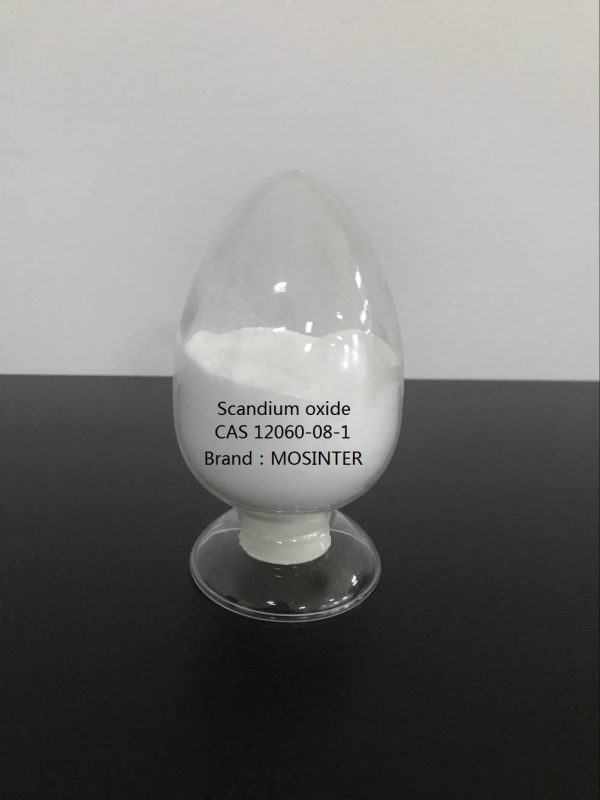
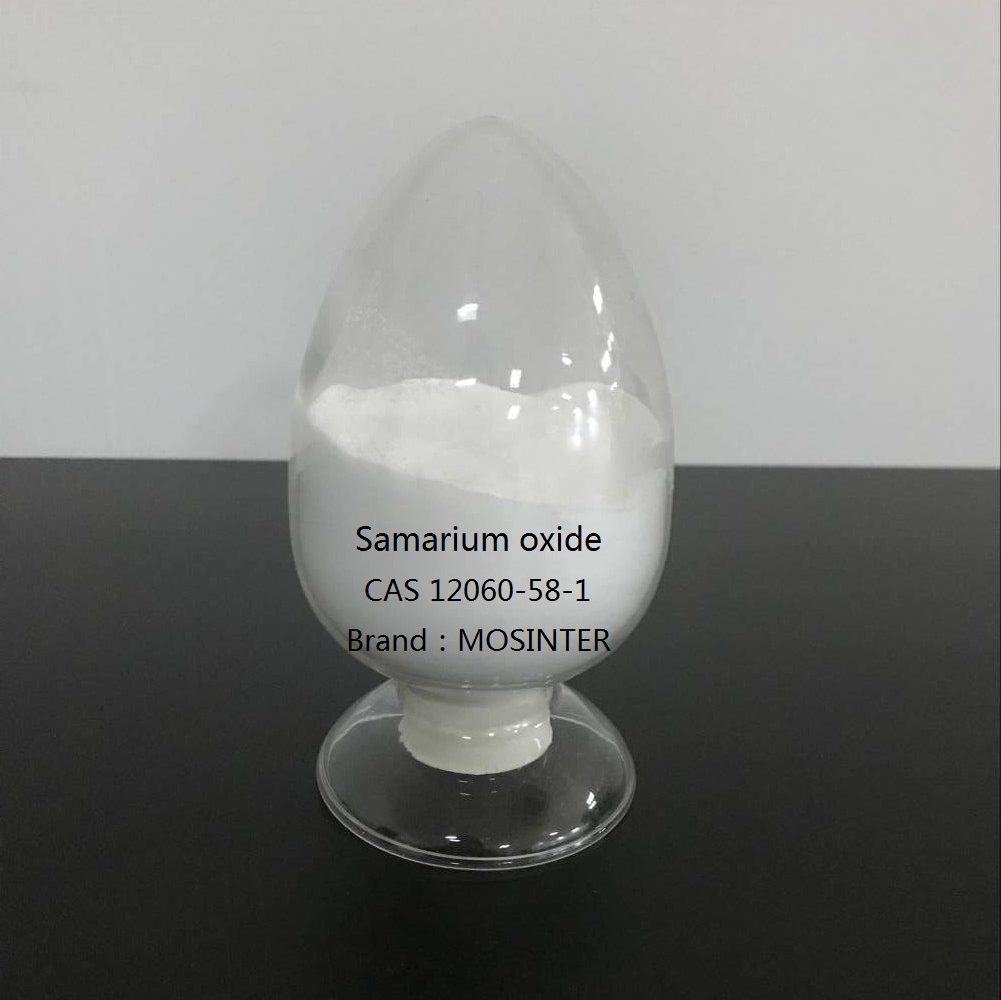
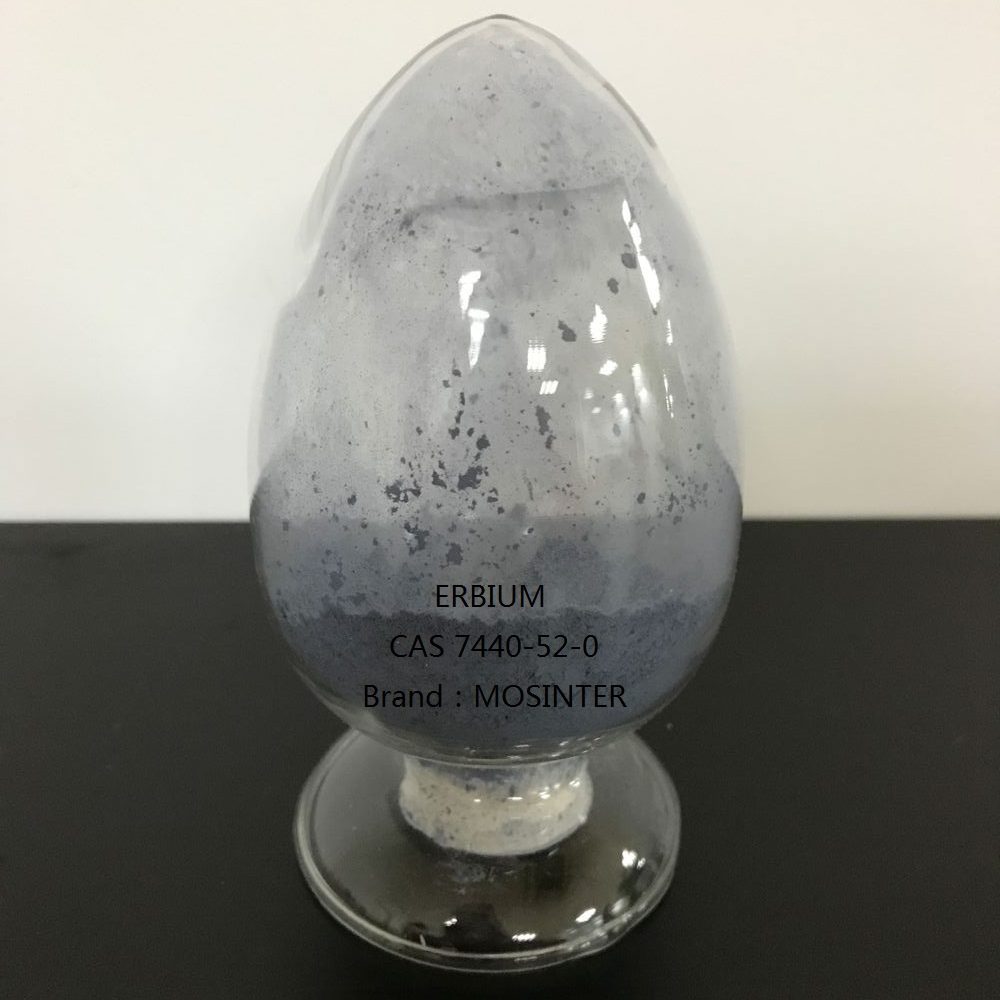
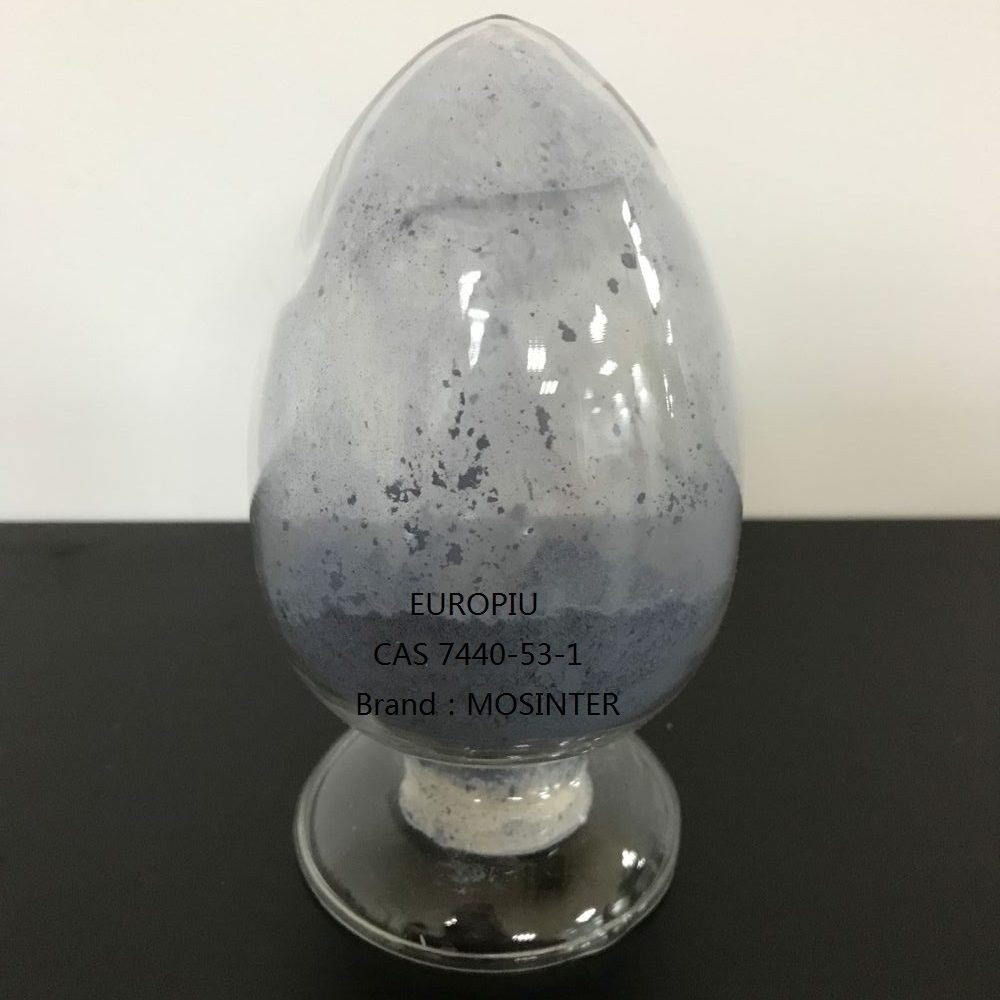
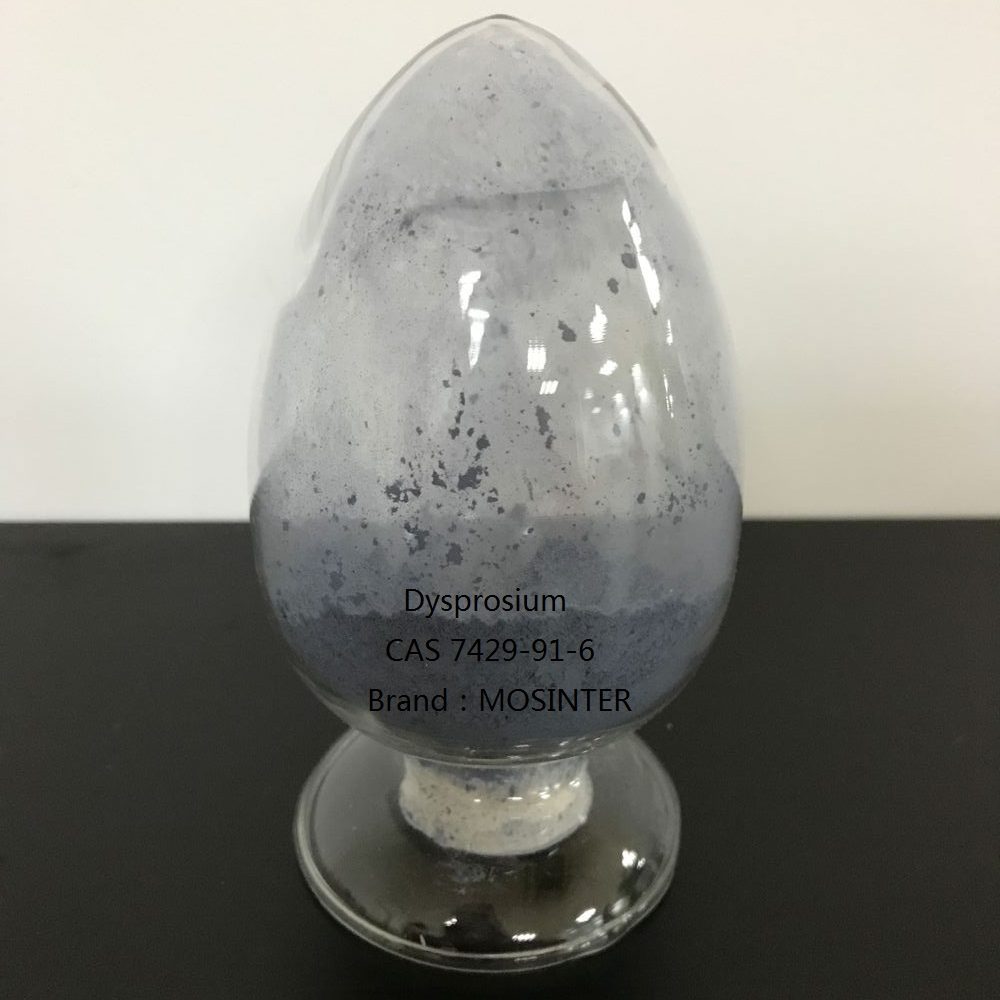
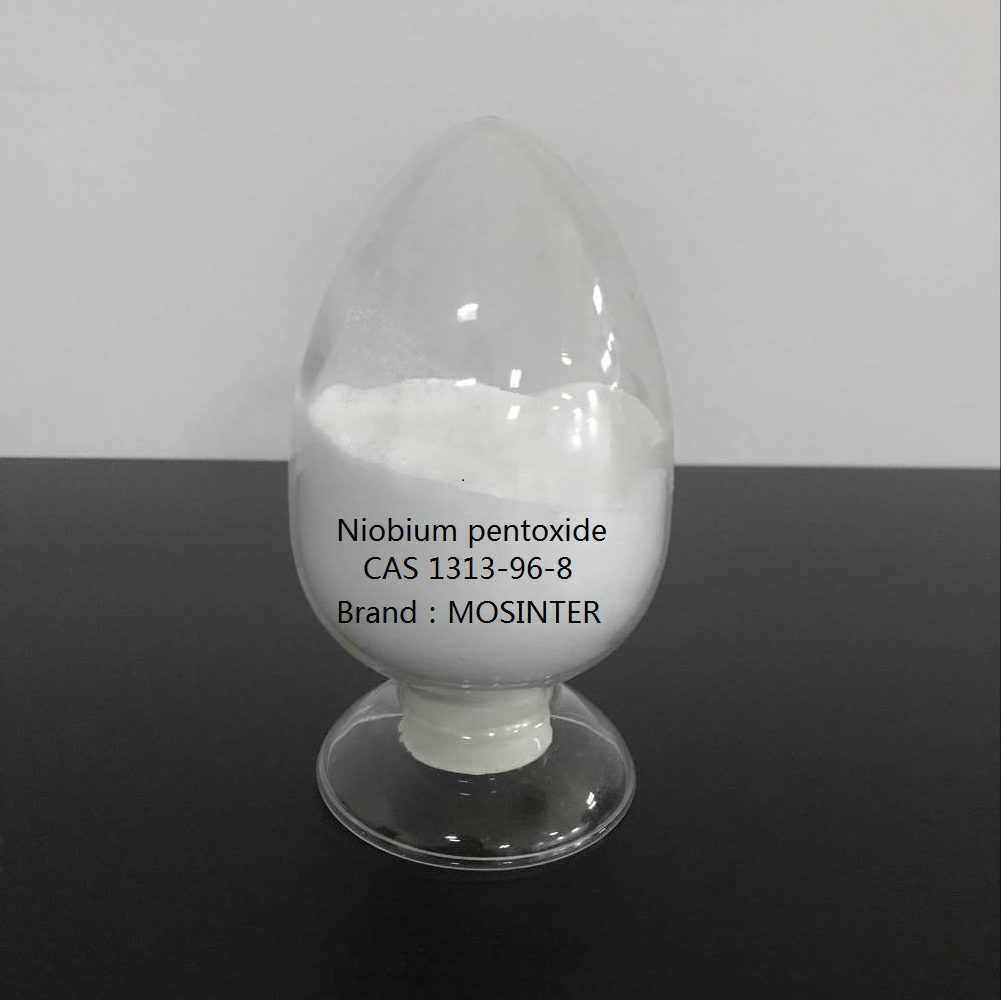
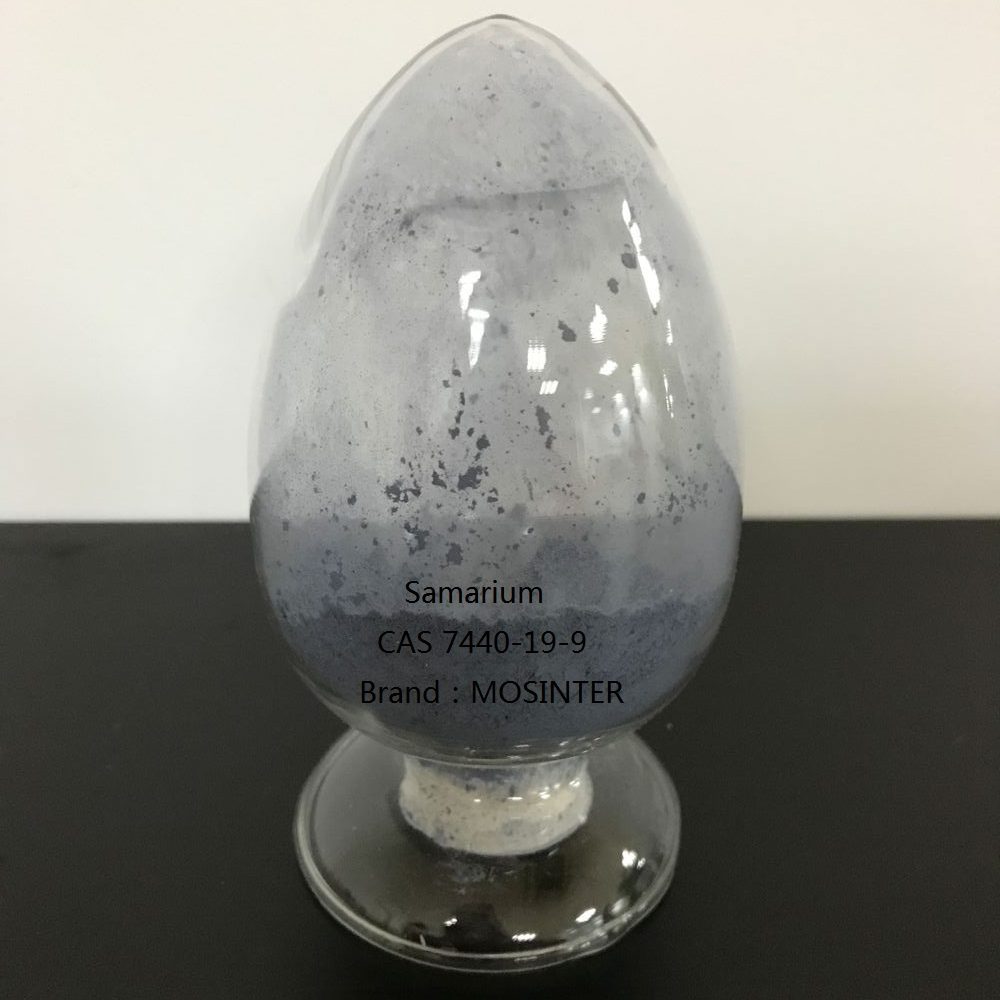
Reviews
There are no reviews yet.